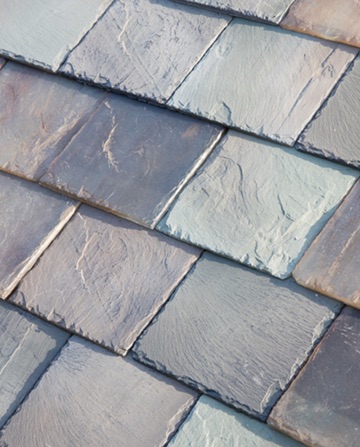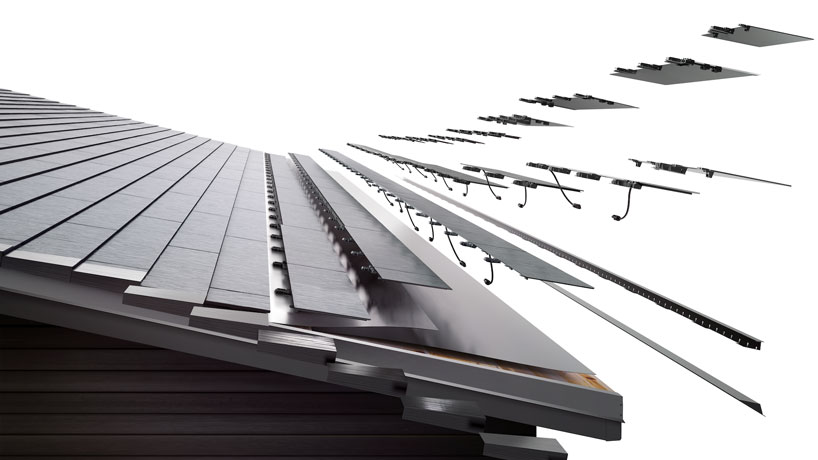

However, modern panels are becoming sleeker and more attractive, with the option of black panels that blend in with your roof. Traditional solar panels, on the other hand, can be quite noticeable and may not be to everyone’s taste. Aesthetics: Tesla solar roofs offer a sleek and unobtrusive design that can complement the look of your home.Cost: as mentioned above, Tesla’s Solar Roof is significantly more expensive than traditional solar panels – even if you were to include the cost of a new quality roof and battery storage.With that being said, there are a few key differences between Tesla’s Solar Roof and traditional solar panels that are worth considering. Given the fact that the Solar Roof is a roof, solar system and battery storage solution in one, we are not comparing apples with apples. Blending seamlessly to your home’s natural aesthetic styling, the tiles are designed to complement rather than detract from the look of the building.īefore offering a comparison between Tesla’s Solar Roof and traditional solar panels, it’s important to remember just how truly different the two options are. The tiles have been specially designed to ‘self-clean’ when it rains and are easy to repair or replace thanks to their modular design.Īesthetics: one of the big drawcards for the Solar Roof is its sleek and unobtrusive design. Maintenance: Like traditional solar panels, the Solar Roof is extremely low maintenance. While there are no guarantees, Tesla states a Solar Roof can last longer than an average roof. This helps maximise the amount of solar energy your roof can produce.ĭurability: Tesla claims that the solar tiles are three times stronger than standard roof tiles and are engineered for all-weather protection. Performance/efficiency: While EnergySage reports that Tesla’s solar tiles are likely about 20 to 30 percent less efficient than normal solar panels, the unique design means you may be able to add more solar to your roof – working around vents, skylights or other obstructions. It’s also important to keep in mind that Tesla solar roofs may not be eligible for the Federal Government’s Small-scale Renewable Energy Scheme (SRES), which provides eligible households with solar rebates. The cost will also vary depending on the proportion of ‘active’ PV tiles vs non-PV tiles used. Complexity is determined by the pitch and levels of your roof as well as any obstructions, obstacles and crowding of the mounting plane.

The cost is largely influenced by the complexity of the installation. This price is more than twice the money you would pay for a high-quality tile roof and a standard solar system in Australia.

This is not a run-of-the-mill purchase, and it’s certainly not one that everyone can afford.Īlthough the official Australian prices are yet to be released, an article from US website Electrek last April claimed that a 400 square metres ‘Phase 1’ tile roof with a solar capacity of 12.3kW cost between $100,000 to 130,000 Australian dollars. The Teslarati team would appreciate hearing from you.Let’s be frank – Tesla solar roof tiles are VERY expensive. This will become obvious next year.,” said Elon Musk during a previous earnings call. “I think a future where we’ve got beautiful roofs generating energy that are tough and resilient and better in every way than a regular roof and alive with energy, that’s the future we want. The patent’s references to cedar-colored tiles may explain recent images taken during a flyover of a test house in Fremont, which featured wood-like Solar Roof tiles.Įxpanding Solar Roof options may help Tesla become a leader in the market. There are also illustrations which suggest that Tesla may be experimenting with print molds for Solar Roof Slate tiles. For instance, Figure 10 in the patent looks strikingly similar to the Tuscan roof tile Tesla revealed as a viable option for Solar Roof in late 2016. The louvers’ design, colors, and prints allow Tesla to explore more Solar Roof options. The photovoltaic cells will match the design colors of the louvers, resulting in a more uniform, seamless view of the roof tile from the side. They may also differ in print appearance. They are usually angled slats or parallel, horizontal blades, like window shutters.Īccording to the patent, the louvers in Tesla’s solar panels may have design colors varying from light to dark gray tones to earth tones and cedar color. Louvers are generally designed to regulate airflow or light penetration on doors and windows. Tesla describes the middle layer of Figure 3, labeled 306, as “having a plurality of louvers” to block the view of photovoltaic cells from the side.


 0 kommentar(er)
0 kommentar(er)
